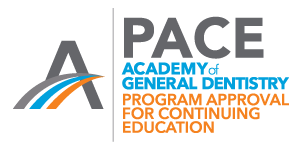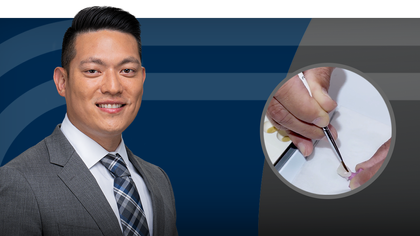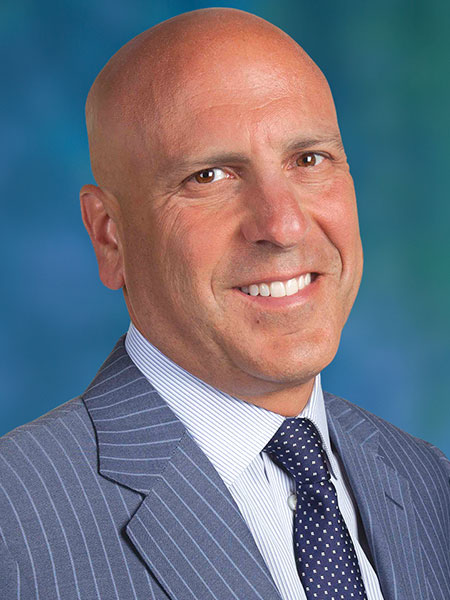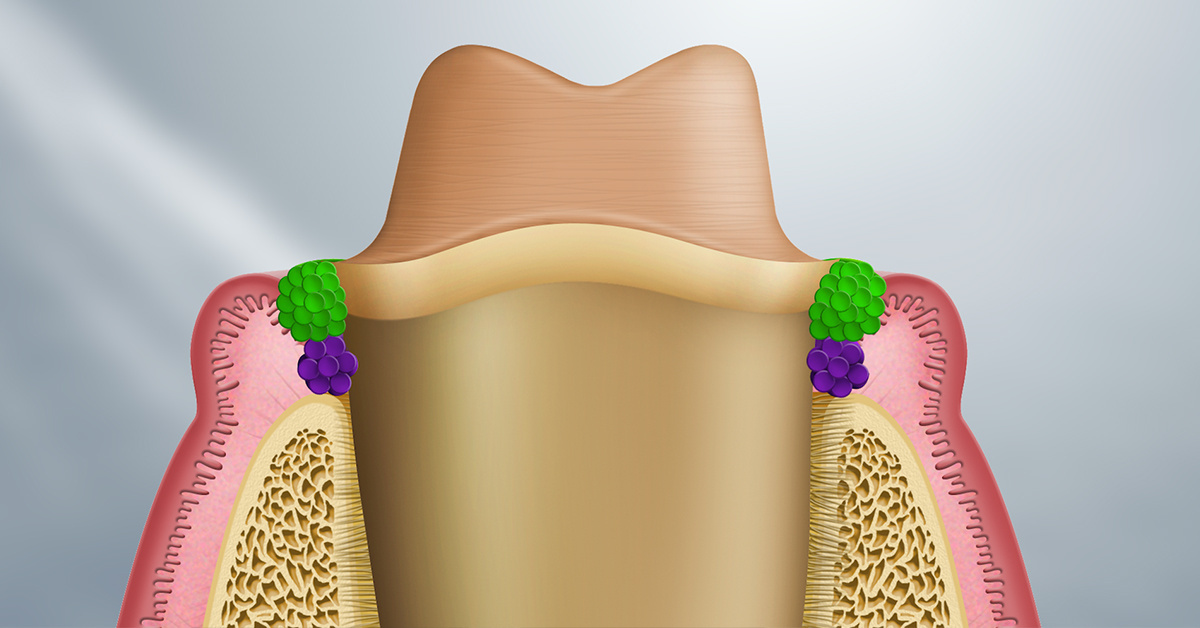- Understand the need for optimal tooth reduction to maximize the strength and esthetics of restorative materials.
- List the types of margins and the indications for each.
- List the burs needed to perform the Reverse preparation technique.
- Explain the benefits of depth cuts to ensure proper tooth reduction of preparations.
- Explain the benefits of electric handpicks.
- Learn a preparation technique for when depth cuts cannot be used, such as replacing an existing crown.
Crown and Bridge Preparations
Course Objectives
1.5 CE Credits
This course demonstrates a predictable step-by-step technique for crown preparation that is essentially sequenced backwards from what nearly all dentists were taught in dental school. With a focus on precise margination and adequate reduction in critical areas through the use of depth cuts, the Reverse Preparation technique gives dentists a way to prepare teeth that will have their laboratory technician complimenting their preparations.
Learning Objectives
Recognition & Approval

Glidewell Education Center
Nationally Approved PACE Provider for FAGD/MAGD credit
Approval does not imply acceptance by any regulatory authority, or AGD endorsement. 3/1/2024 to 2/29/2028.
Provider ID# 216789
-
 Online CE CourseNext-Level Chairside Esthetics: Customizing Restorations with Stain, Glaze, and Finishing TechniquesIn this course, Dr. Justin Chi demonstrates how to elevate chairside restorations using advanced staining, glazing, and finishing techniques for monolithic restorations.
Online CE CourseNext-Level Chairside Esthetics: Customizing Restorations with Stain, Glaze, and Finishing TechniquesIn this course, Dr. Justin Chi demonstrates how to elevate chairside restorations using advanced staining, glazing, and finishing techniques for monolithic restorations. -
 Online CE CourseEsthetic Veneer Preparations: From No Prep to Full PrepIn this course, Dr. Danielle Brown provides a practical overview of veneer preparation techniques from no-prep, minimal-prep and traditional-prep veneers with step-by-step protocols.
Online CE CourseEsthetic Veneer Preparations: From No Prep to Full PrepIn this course, Dr. Danielle Brown provides a practical overview of veneer preparation techniques from no-prep, minimal-prep and traditional-prep veneers with step-by-step protocols. -
 Online CE CourseBonding and Temporizing Protocols: Tips for VeneersIn this course Dr. Danielle Brown offers practical guidance on veneer temporization and bonding techniques to improve patient comfort and clinical outcomes.
Online CE CourseBonding and Temporizing Protocols: Tips for VeneersIn this course Dr. Danielle Brown offers practical guidance on veneer temporization and bonding techniques to improve patient comfort and clinical outcomes.




